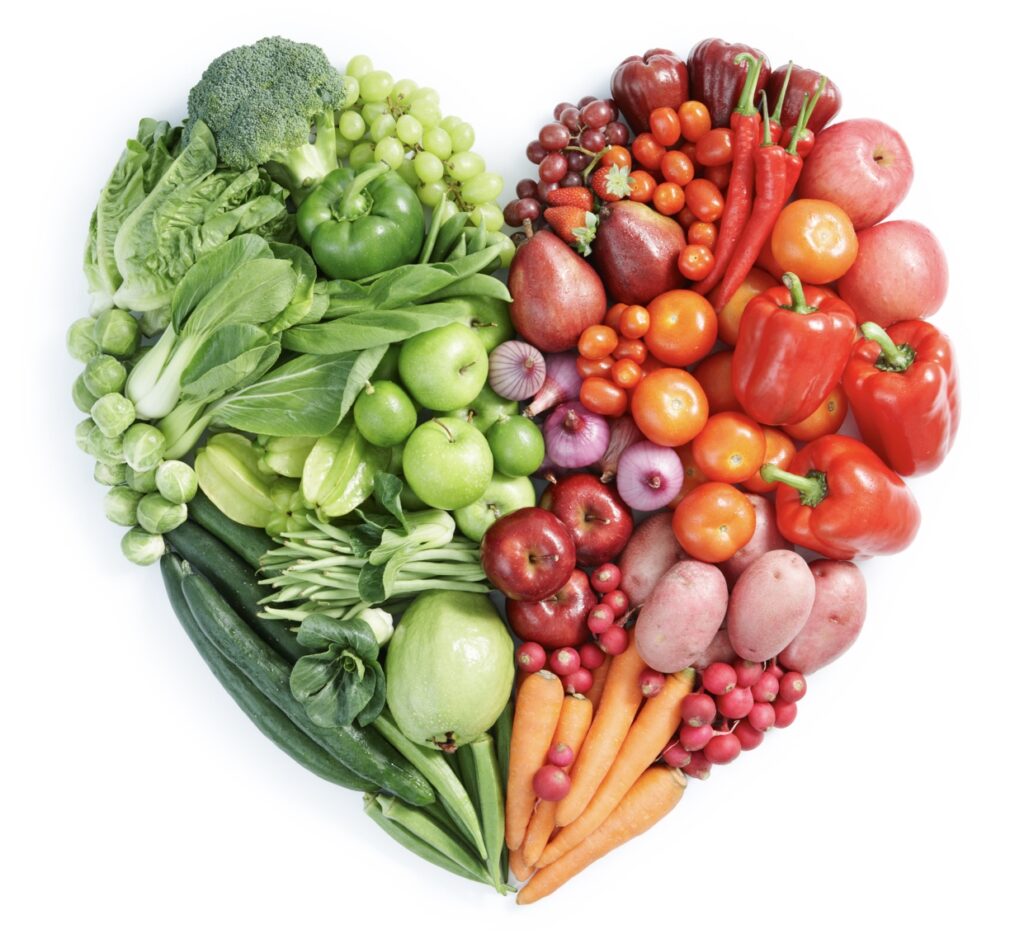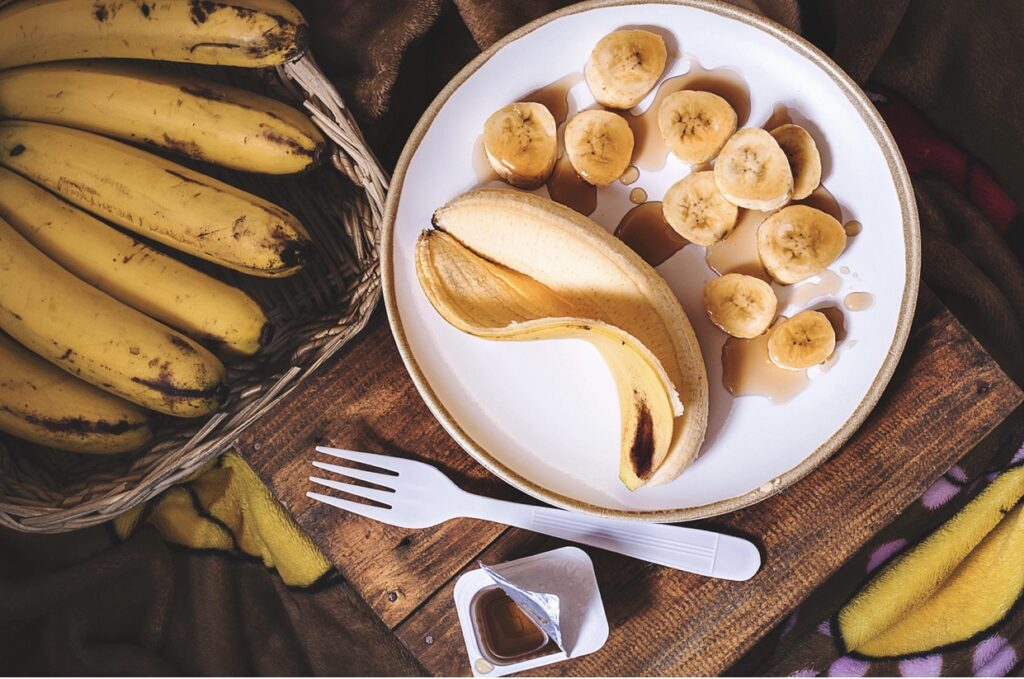Potassium is an essential nutrient that has a wide range of roles in the body. To make sure you get enough eat day, incorporate a variety of these potassium rich foods each day.

If you’ve ever complained of muscle cramps, you may have been told to eat a banana. Know why? Because bananas are rich in potassium, which helps your muscles contract. Potassium also helps regulate fluid balance in and out of body cells, and it helps maintain normal blood pressure by blunting the effects of sodium. While cramping in athletes is most often associated with sodium, potassium plays a very important role in our health overall. The evidence in support of potassium on health is so strong, that the FDA approved the following health claim: “Diets containing foods that are a good source of potassium and that are low in sodium may reduce the risk of high blood pressure and stroke.”
According the latest Dietary Guidelines for Americans, most Americans are falling short of their daily potassium needs. That could have a devastating effects on their blood pressure. That’s why the 2015-2020 Dietary Guidelines for Americans encourage choosing foods that provide more potassium.

How Much Potassium Do We Need?
For years, the recommended intake for potassium was ~4,700 milligrams. In 2019, the National Academies of Sciences, Engineering and Medicine (NASEM) committee updated the DRI’s for potassium. The following chart shows the updated adequate intakes (AI) for children and adults.
- Young children ages 1 to 3 years – 2,000 mg/day
- Children ages 4 to 8 years – 2,300 mg/day
- Children ages 9 to 13 years – 2,500 mg/day for males; 2,300 mg/day for females.
- Children ages 14 to 18 years – 3,000 mg/day for males; 2,300 mg/day for females
- Adults ages 19 to 51+ years – 3,400 mg/day for males; 2,600 mg/day for females

What Foods Contain Potassium?
Potassium is found is loads of different foods – including both plant and animal sources. By consuming a variety of fruits, vegetables, legumes, meat, poultry and dairy foods, you can easily meet your daily recommended needs. In fact, even commonly consumed beverages contain potassium. Milk, coffee, tea and juice are top sources in the diet of Americans.
The following chart list how much potassium is found in some commonly consumed foods.
| Medium baked potato, flesh only | 610 mg |
| ¼ cup dried apricots | 550 mg |
| 1 cup cooked broccoli, chopped | 458 mg |
| 1 cup cantaloupe, cubed | 428 mg |
| 1 medium banana | 422 mg |
| ½ cup tomato sauce | 405 mg |
| 1 cup 1% milk | 366 mg |
| ½ cup cooked lentils | 365 mg |
| 3 oz. chicken breast, boneless, grilled | 332 mg |
| 6 ounces yogurt, fruit, nonfat | 330 mg |
| 3 ounces cooked salmon (Atlantic, farmed) | 326 mg |
| ½ cup mashed acorn squash | 322 mg |
| 3 ounces beef, top sirloin, grilled | 315 mg |
| ½ cup kidney beans. canned | 303 mg |
| ½ cup orange juice | 248 mg |
| 6 ounces Greek yogurt, nonfat | 240 mg |
| 1 medium apple, with skin | 195 mg |
| Almonds, 1 ounce | 201 mg |

Tips To Get More Potassium In Your Diet
- Eat a variety of fruits and vegetables such as melons (cantaloupe, honeydew and watermelon), banana, sweet potatoes, baked potatoes
- Consume an 8-ounce glass of milk or a milk containing smoothie, shake or yogurt at least 3 times/day.
- Eat at least one meal per day that includes either beans, legumes or peas.
- Include potassium rich vegetables – such as asparagus, broccoli, squash, spinach and tomatoes – with meals or as part of casseroles or other mixed meal options.
- Top yogurt with dried fruits and nuts.
- Add vegetables to your sandwich or wrap along with a spread of avocado
- Sauté spinach, tomatoes, diced potatoes and other veggies and add to your morning eggs. And, serve it with a side of cantaloupe.
- Make a trail mix with nuts, seeds and dried fruits.
- Swap sugar sweetened beverages for iced tea.


 Hi, I’m Heather – a registered dietitian, busy mom, consultant, adventure junkie and travel addict who has mastered living healthy on the go. My blog is where I share simple recipes and healthy living tips to help and inspire others to live their best life.
Hi, I’m Heather – a registered dietitian, busy mom, consultant, adventure junkie and travel addict who has mastered living healthy on the go. My blog is where I share simple recipes and healthy living tips to help and inspire others to live their best life.